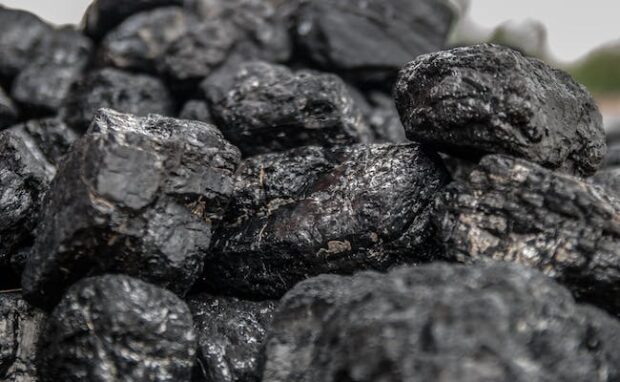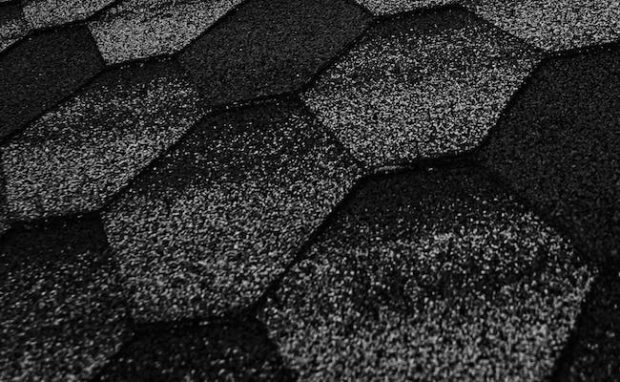Microelectronics: Ultra-thin devices with coal
Researchers from various universities and countries found a way to turn coal into ultra-thin microelectronics components. Specifically, they discovered they could turn coal into high-purity, atom-thin materials, providing superior performance for future electronic devices. It is an opportune discovery as more want faster and smaller gadgets worldwide.
Nowadays, we have been trying to replace coal with more sustainable energy sources for many years. However, that doesn’t mean coal becomes useless; we could recycle this dark rock into cutting-edge microelectronics components. As a result, we might still reduce emissions while producing more advanced devices in the future.
This article will discuss how coal could help us create more powerful and compact machines. Later, I will share another interesting coal application by turning its emerging product, graphene, into a sustainable energy upgrade.
How can coal improve microelectronics?

Techopedia defines microelectronics as “a subdivision of the field of electronics that deals with very small and microscopic elements to manufacture electronic components.” The latest study from the following institutions suggests coal could become atom-thin components:
- University of Illinois Urbana-Champaign
- Oak Ridge National Laboratory
- National Energy Technology Laboratory (NETL)
- Taiwan Semiconductor Manufacturing Company
NETL’s extraordinary process turns coal char into minuscule nanoscale carbon disks called “carbon dots.” Interesting Engineering says these atom-thin specks form the foundation for creating membranes required in advanced electronic technologies.
Nowadays, we want smaller, faster electronics that consume less energy. In response, manufacturers aim to create devices that are a few atoms thick.
We’ve created ultrathin semiconductors, but we also need atomically thin insulators. Fortunately, the coal could turn into carbon layers for efficient insulators.
Coal-derived carbon layers prevent leakage currents, improving operational efficiency and device performance. Also, it could enhance the performance of artificial intelligence tools.
You may also like: How to build a PC
Researchers discovered it facilitates faster filament formation with significantly lower energy consumption. As a result, AI programs can accelerate operations while improving data storage reliability.
“Our novel processing techniques have transformed coal—traditionally viewed as bulky and environmentally harmful—into high-purity materials that are incredibly thin,” Professor Qing Cao stated.
“These materials have unlocked possibilities for creating ultra-small electronics with exceptional performance characteristics,” he added. However, the study is still a proof-of-concept that requires further research and development.
How does graphene improve renewable energy?

Graphene is a material of carbon atoms arranged in a hexagonal lattice that looks like chicken wire. The latest research shows it could improve solar water-splitting devices and hydrogen fuel cells.
Graphene’s edges, flaws, and functionalization can become channels for proton diffusion. University of Manchester scientists discovered a method to speed up proton transport across graphene using light.
They discovered light stimulation excites graphene’s electrons. Next, protons can interact with these excited electrons, which speeds up their passage through the material.
“Understanding the connection between electronic and ion transport properties in electrode-electrolyte interfaces at the molecular scale could enable new strategies to accelerate processes central to many renewable energy technologies, including hydrogen generation and utilization,” said lead researcher Dr. Marcelo Lozada-Hidalgo.
The discovery of a proton transport phenomenon called “Pauli blocking” proved the light stimulation effects on graphene. It occurs when the energy of graphene’s electrons increases to the point when the material can no longer absorb light.
You may also like: Graphene oxide improves 3D-printed concrete
“We were surprised that the photo response of our proton conducting devices could be explained by the Pauli blocking mechanism, which so far had only been seen in electronic measurements. This provides insight into how protons, electrons, and photons interact in atomically thin interfaces,” said co-author Dr. Shiqi Huang.
However, the scientists admit they need more research and development to confirm real-world applications. We must resolve its long-term stability, scalability, and cost-effectiveness before we can put it to practical use.
Nowadays, we can produce graphene from coal. That is why this study shows another interesting application for this fossil fuel.
Conclusion
Researchers from several universities found a way to turn coal into a groundbreaking microelectronics component. This black rock could become atom-thin carbon layers for future devices.
They could help us construct better transistors, memristors, and artificial intelligence programs. However, the experts say their next challenge is scaling up production for practical application.
Learn more about this microelectronics study on Nature’s Communication Engineering website. Also, check the latest digital tips and trends at Inquirer Tech.